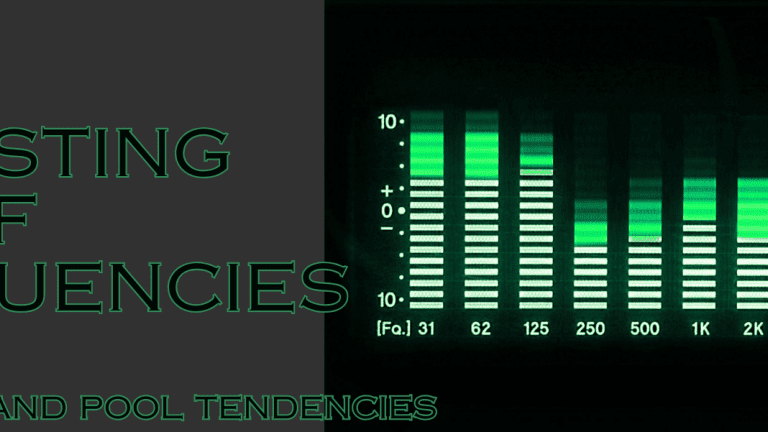
In our previous article, we collected three examples of the most common mistakes of a beginner's preflop play. Namely, cold calling in suboptimal situations, calling 3-bets out of position with a wide range and playing too tight in general. We'll continue this list in today's article, examining the other side of the coin. We'll see what mistakes can occur when playing too loose preflop in an inexperienced player's game. We'll include various spots, such as overestimating certain hands or edges, how inelasticity of ranges to betting/raising sizes can affect winrate, etc.
Overestimating specific hands vs tendency
When studying preflop charts, you learn specific rules, border hands and details of how a range SHOULD be constructed. These ranges contain theoretically optimal strategies against theoretically optimal frequencies and ranges. This is a crucial thing to understand, often overlooked by beginners (and sometimes even by experienced players). Most of your opponents are far from these GTO frequencies, which results in huge blunders when trying to play the learned ranges against them.
Let's take a few examples for better understanding. For instance, calling 3-bets with suited broadways is part of your preflop charts, right? Consider the effect on this part of your range if the tendency is under bluffing when 3-betting. It means their range is stronger and will dominate your broadway-type hands even more, resulting in winning small pots when ahead and losing big ones when behind. And you'll be behind quite a lot.
Another great example is stacking off with a broader range than you should. Does it often happen to you to run into aces with your JJ and AK? Have you ever checked your opponents' tendencies and how wide is their 3b/5b range? Or what does their 4-betting range consist of? Let's say you have JJ on the Button, and you open the action to 2,5bb and the Small Blind 3-bets to 11bb while the Big Blind folds. The action is on you again; it's a clear 4-bet, right? What if I tell you that we have a large number of data on Villain clearly showing that he is under 3-betting out of position? In this instance, he is 3-betting 6% of the time (SBvBTN). Your chart, which suggests 4-bet/broke your JJ, is against a range of 15%. Two and a half times wider than your actual opponent is working with. Compare the two perceived ranges and reconsider how your JJ plays against them.
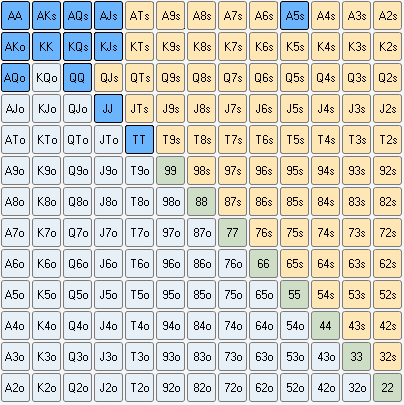
Perceived SB 3-betting range (6%)
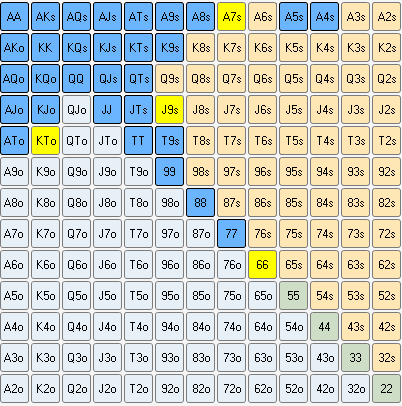
Perceived SB 3-betting range (15%)
Overestimating your skills/playability of your hand
Another error is assuming certain possibilities with no actual data behind them. These gut feelings can be very misleading. Players tend to overestimate their skills and say things like, "I can call wider here, my opponent is weak. I'll see on later streets how to bluff them", or "Villain is way too aggressive. I'm going to stack him if I make a strong hand". These assumptions are often false; several variables are to a hand, such as positions, the board itself, an equity shifting turn or river card, etc. You cannot simplify your actions to an extent where you lose money in the long run. Your assumption of stacking your aggressive opponent might be wrong. She will probably fire off when you are weak and retreat as soon as you show strength (when you finally make a strong hand). So be careful with hypothetical thoughts with no proof behind them.
However, these presuppositions are not only about your skills but about the playability of your hands as well. Let's say you have KTo in the Small Blind facing a 2,5bb Button open. According to your charts, you should 3-bet this type of hand some per cent of the time. Although this is theoretically correct (even when your opponent plays the optimal frequencies), there is another factor you must consider. Your hand's playability might be very poor in this instance. GTO ranges assume theoretically optimal plays throughout the entire hand. Which, in all honesty, you don't possess. No one really does... By the time you get close to it, you'll find exploits in other ways to justify a profitable preflop play like this. Until then, you'd be better off tightening up than loosening your ranges.
The same applies to opening too loose, like suited connectors and small pocket pairs from early positions. You'll find yourself in tough spots with hands that probably you'll need to bluff various streets. Especially in smaller stakes, when people tend to call too often with weak hands, that's not where the money comes from. On the contrary, you'll earn by value betting more (of course, this depends on the exact spot). Besides that, there is a lot of cold calling in position when talking about smaller stakes. This is another situation you'd better avoid with vulnerable hands with no real showdown value.
Calling big opens
Interestingly enough, players tend to overlook key information such as opening sizes, especially in small and low stakes. The truth is that this inelasticity of ranges leads to tremendous errors. The consequences are significant, even if it looks like a minor difference facing a 2,5 or 3bb open. Be aware of a basic principle. The bigger the bet you face, the more you should fold and 3-bet.
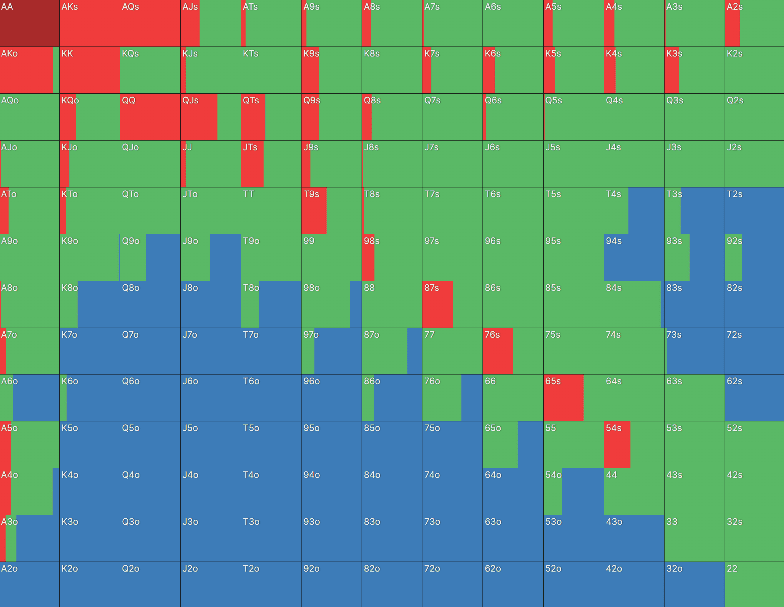
BBvHJ 2bb (6,3% raise, 40,6% call, 53,2% fold)
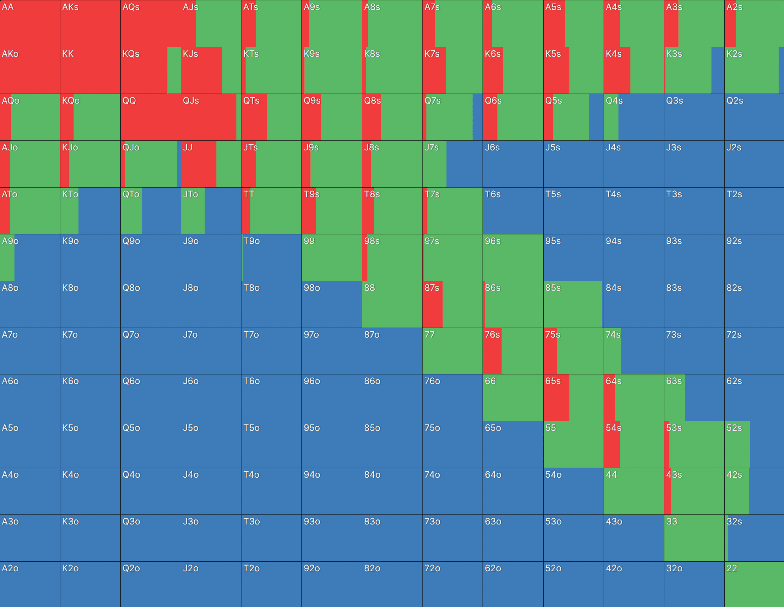
BB vs JH 2,5bb (7,3% raise, 21,2% call , 71,5% fold)
Other presuppositions
Coaches often highlight in hand reviews that students cold called with a broader range just because a recreational player is involved in the hand. There are many variables to this spot but the most common mistakes are cold calling when we are not closing the action. Eventually, we open up to possible squeezes. Another issue when he recreational is not bleeding money. Any deviations should include a high reward for your risks. Sometimes, there is a weak player in the blinds with a high VPIP (a percentage that shows how often a player voluntarily decides to put money into the pot). Cold calling just because we assume another player will get involved is also not the best and most plausible situation. Not to mention when we are not sensitive to open sizes. Even 1-2bb could lead to huge errors, so be careful when experimenting with your assumptions.
Conclusion
By now, you probably understand that so many nuances can make the difference between winning players and struggling individuals. Today, we've listed numerous situations when you might overestimate your hands, skills, and playability of your hand, not to mention when you overlook essential facts such as bet sizes or tendency deviation of Villains. Try to put your assumptions aside and focus on playing solid, fact-based poker. This doesn't mean you cannot be creative or kill the fun out of the game. However, once you know the framework of how to deviate profitably, you'd be better off sticking to the basics!
Good luck, Grinders!
